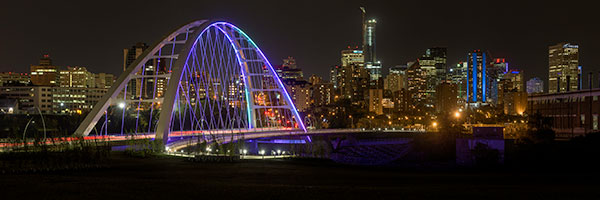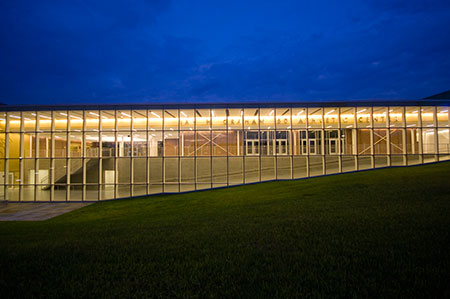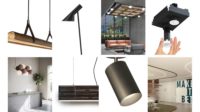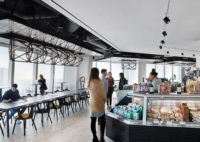Effective lighting schemes can enhance key landmarks and heroic skylines. To brush up on trends and ever-evolving technologies defining our cityscapes, RECORD interviewed lighting designer Faith Baum, who merged her New York metropolitan-area firm, Illumination Arts, with Horton Lees Brogdon (HLB), creating one of the largest woman-owned lighting design firms in North America.
You’re known for highly visible public projects. In the past decade, how has lighting technology changed that kind of work?
Faith Baum: Nighttime views of bridges and other large, civic structures have become the iconic, postcard image of a place. So, over the past decade, more communities have begun to expect those structures to be “active.” To achieve that impression, the availability of controllable-white and color-changing LEDs has made it possible for us to create a wide variety of experiences.
Do you mean that individual citizens are asking for lighting that does more than provide a feeling of safety?
Yes. We’re far more involved with stakeholder groups. We collaborate with them on the programming of the lighting, whether it will be simple, dimmable, white light or a more playful, kinetic, color-changing scenario. The results of those collaborative efforts become the symbols of the communities in which they’re located.

HLB’s lighting scheme for Walterdale Bridge bears the signature dynamism of projects by Baum’s 25-year-old practice, Illumination Arts. It merged with HLB in 2018.
Photo © Jeff Wallace
And what about the interiors of public buildings, such as galleries and museums?
In museums and galleries, lighting can be used to create an immersive environment, transporting you from reality into another world. We achieve this with tightly-controlled white and color-changing LEDs, which are layered to create effects and draw focus to the displays and points of interest.
It seems interior lighting is increasingly being integrated into other building materials. Are there any combinations you prefer?
Personally, I really enjoy when wood is well integrated into the design of some products, particularly exterior lighting equipment. It brings a warmth that is often missing, especially where steel or aluminum poles and bollards might be the traditional choices. Acoustic lighting fixtures are another way in which technologies are blending. These are intriguing and one of the interesting side effects is that we are now collaborating with other sub-consultants, such as acousticians, in ways that we weren’t previously. But we also need to be careful to allow each professional to maintain control over their part of a project.

The HLB-illuminated Peddie School, is a co-ed boarding school in Hightstown, New Jersey.
Photo © Kenneth Douglas
Name the most significant lighting innovation of the past 25 years.
LEDs. Beginning with the advent of RGB color-changing LEDs in the late 1990’s and then the development of reliable white-light options in the last decade, they have gone from being a niche product to a staple in our toolbox. Now a world of opportunities has opened up, enabling us to integrate lighting into architecture and widening the selection of more discreet products that are smaller than anything that preceded them. LEDs have also made it possible for us to control lighting in ways that were not achievable with conventional technologies. With the right luminaires and control system, color-changing, dim-to-warm, tunable-white and dimming to .5 percent or lower are all possible.
Given your extensive work illuminating bridges, what is the next frontier for landscape lighting and dark-sky technology?
It’s all about controls and sensors. Now we can integrate technology into lighting systems that gathers and distributes all types of information. Sensors can be used to change the brightness of roadway and pedestrian path lighting fixtures, depending upon where the people and vehicles are within that system. As lighting becomes more responsive to how we move through a streetscape at a particular time, we’ll reduce the overall brightness of built environments.
What is HLB’s next big project?
Utility provider PSE&G is revamping one of its switching stations in Newark, New Jersey, and we’re creating a dynamic, visual experience across multiple layers of materials to illuminate the facade, including perforated metal panels and sculpted concrete walls. The architects are OCA Architects. This is a really unique opportunity to have a huge impact on an urban neighborhood. We’re having a great time exploring how light and other building materials can enhance an industrial site.
This story was featured in Material World, Architectural Record’s products-focused newsletter. Subscribe today!





Post a comment to this article
Report Abusive Comment